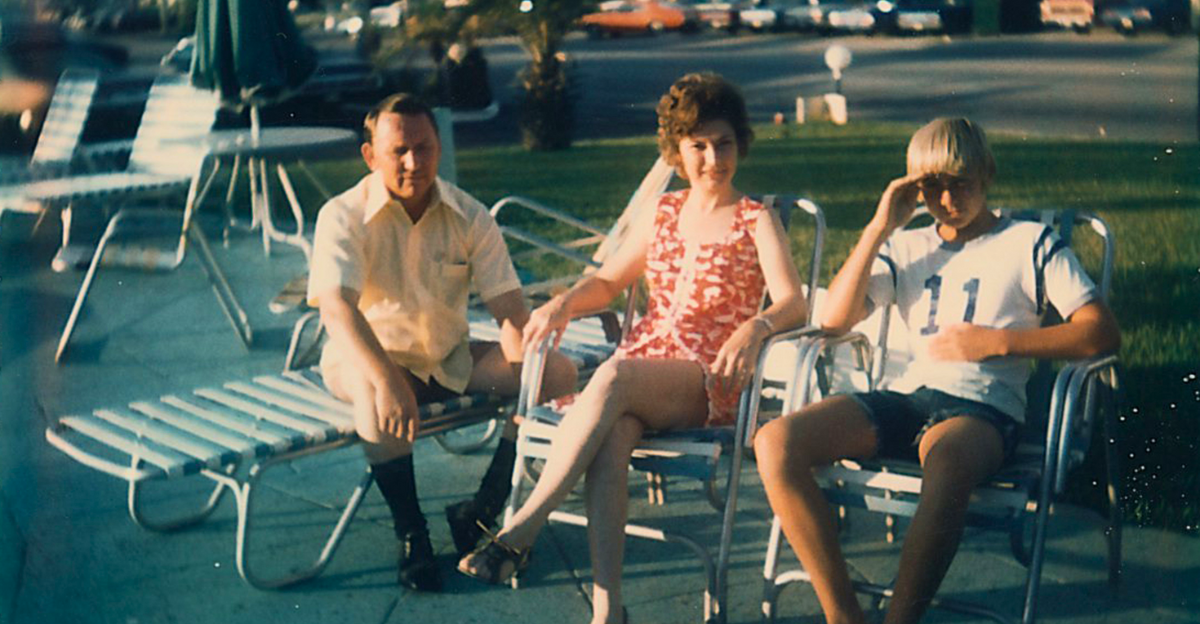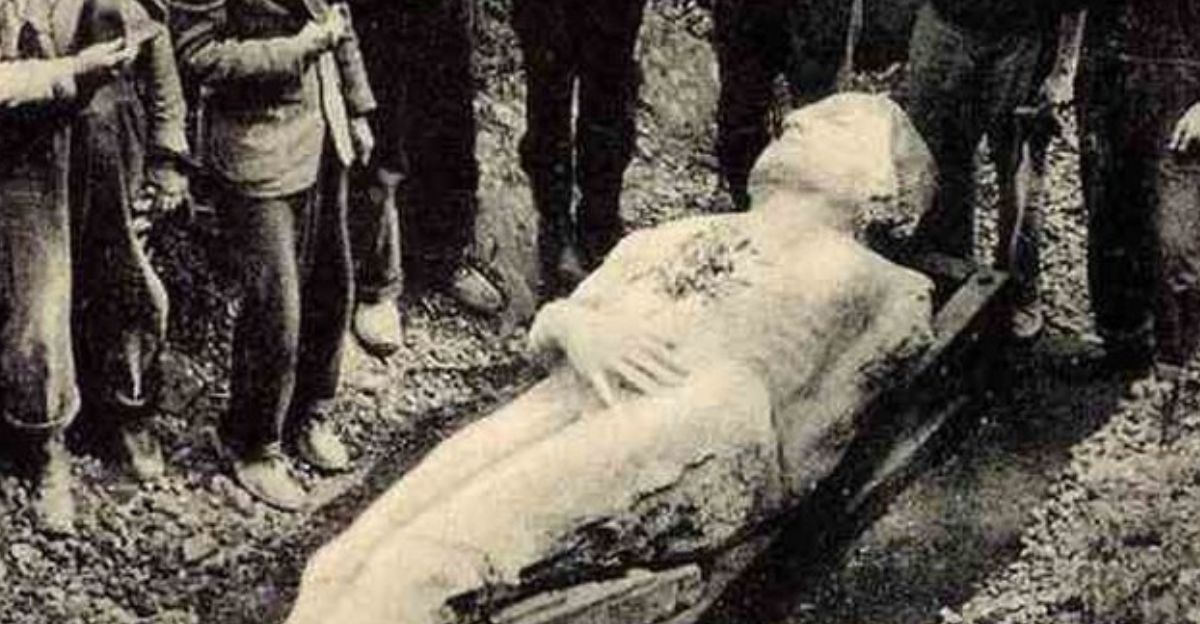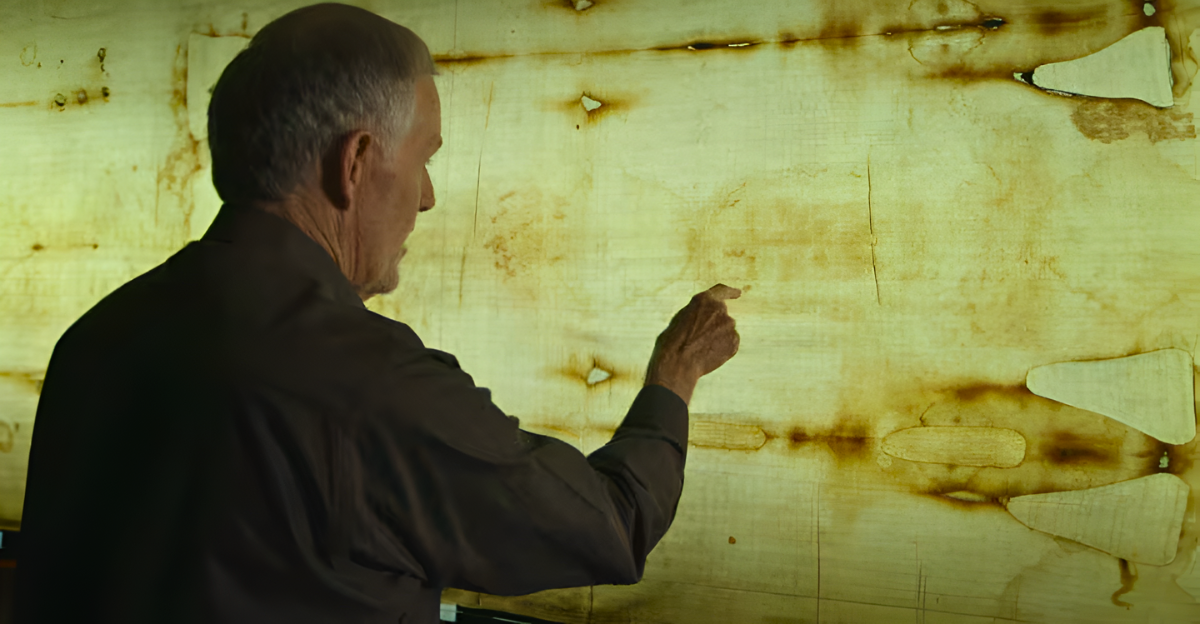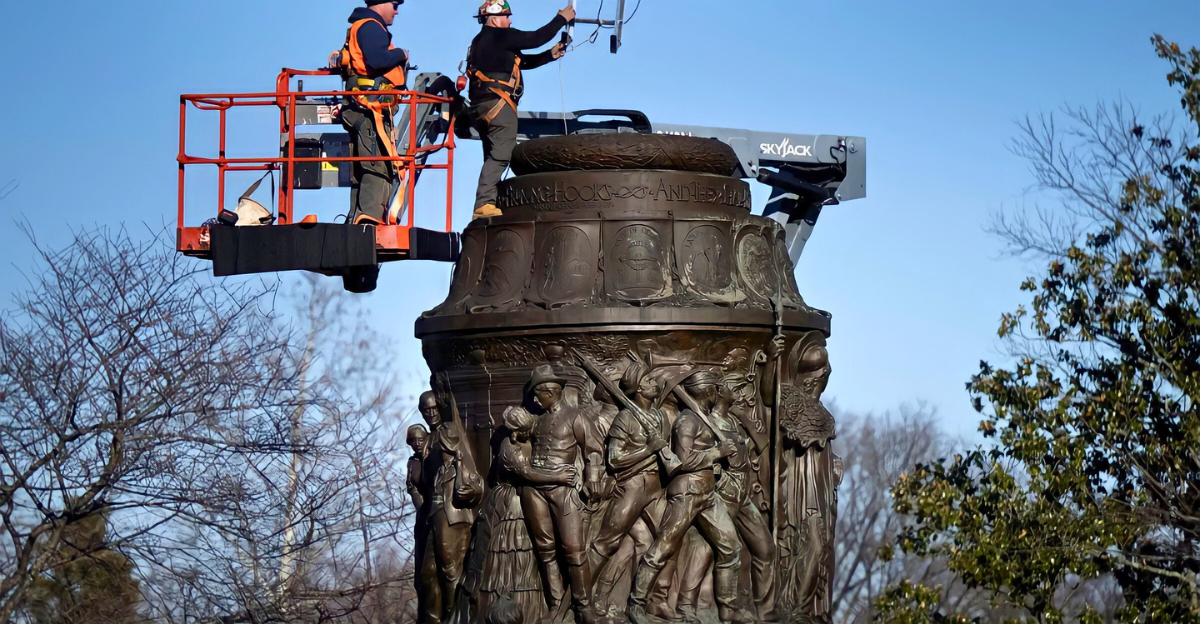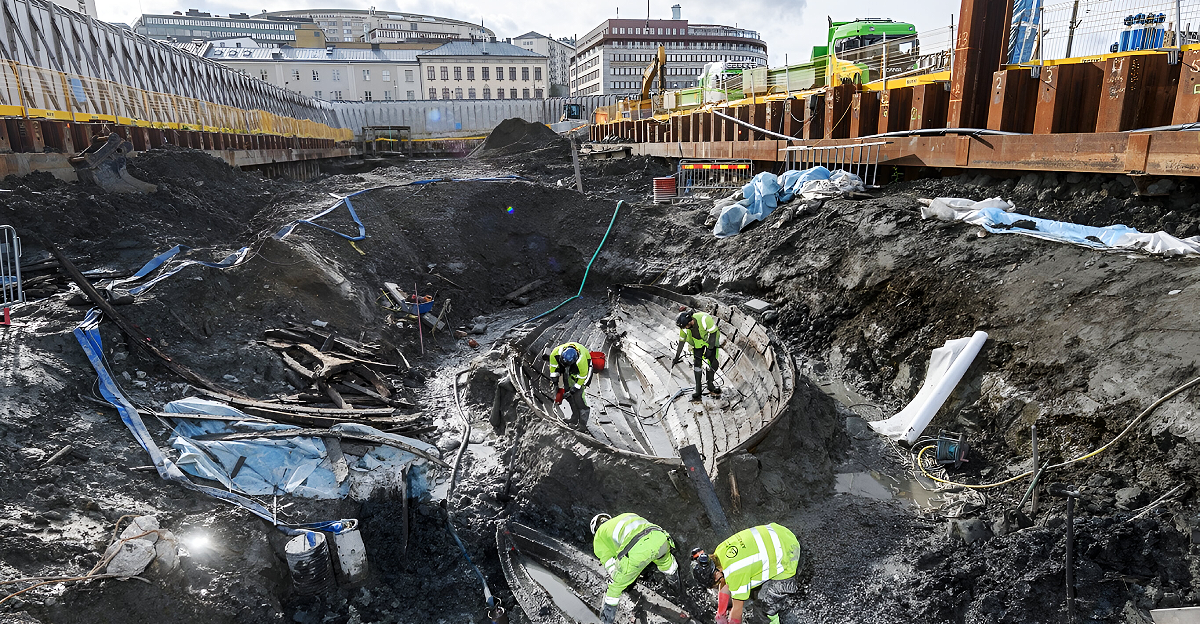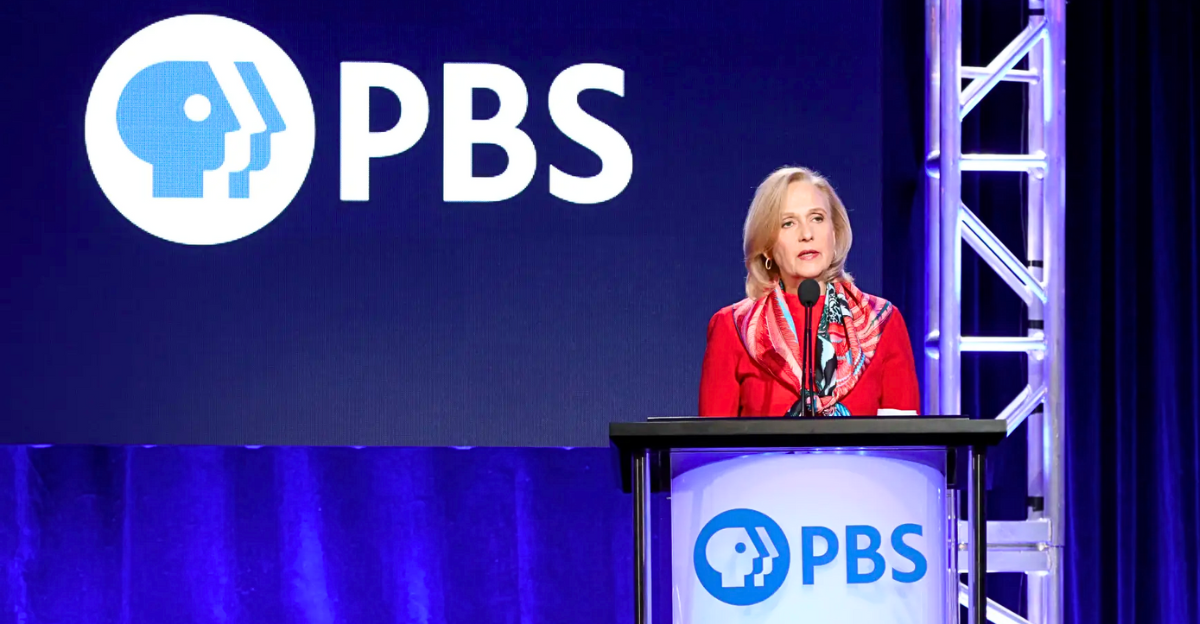
The Corporation for Public Broadcasting says it’s shutting down after Congress cut $1.1 billion in funding. That money once supported PBS, NPR, and more than 1,500 local stations. With it gone, the future of public media is in question. Here’s how we got here—and what happens next.
What’s Going On and Why It Matters
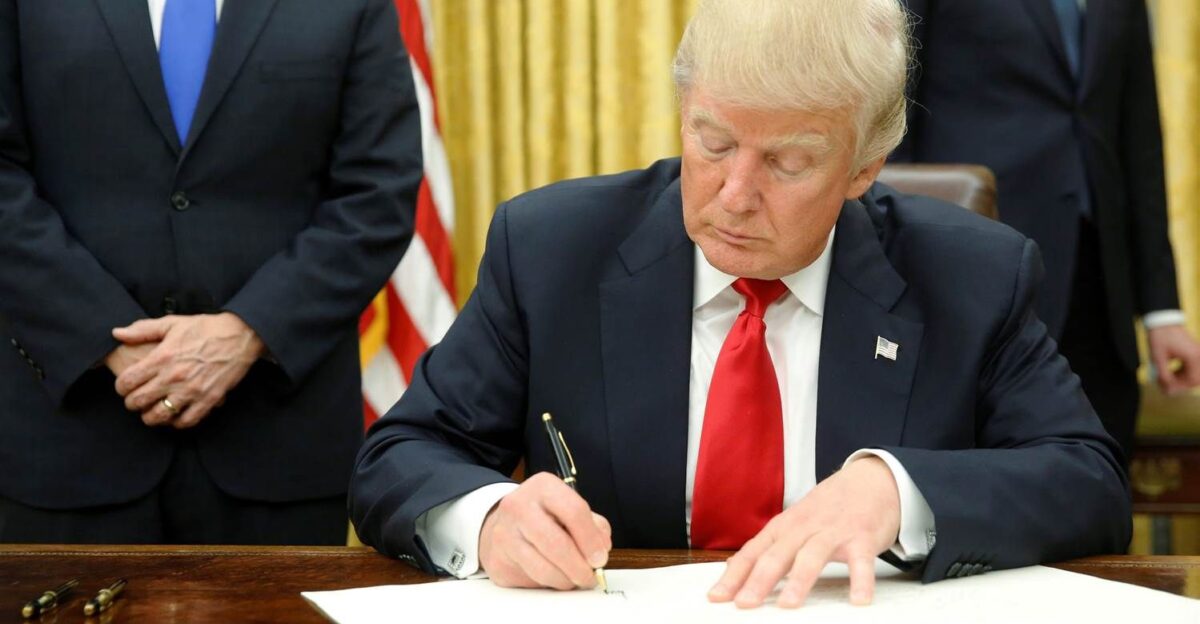
In July, President Trump signed a $9 billion rescissions package that ended all funding for public broadcasting, according to NPR. The Senate Appropriations Committee also excluded CPB support for the first time in 50 years. According to CPB, over 1,500 local stations are now bracing for the fallout.
What Is CPB Anyway?
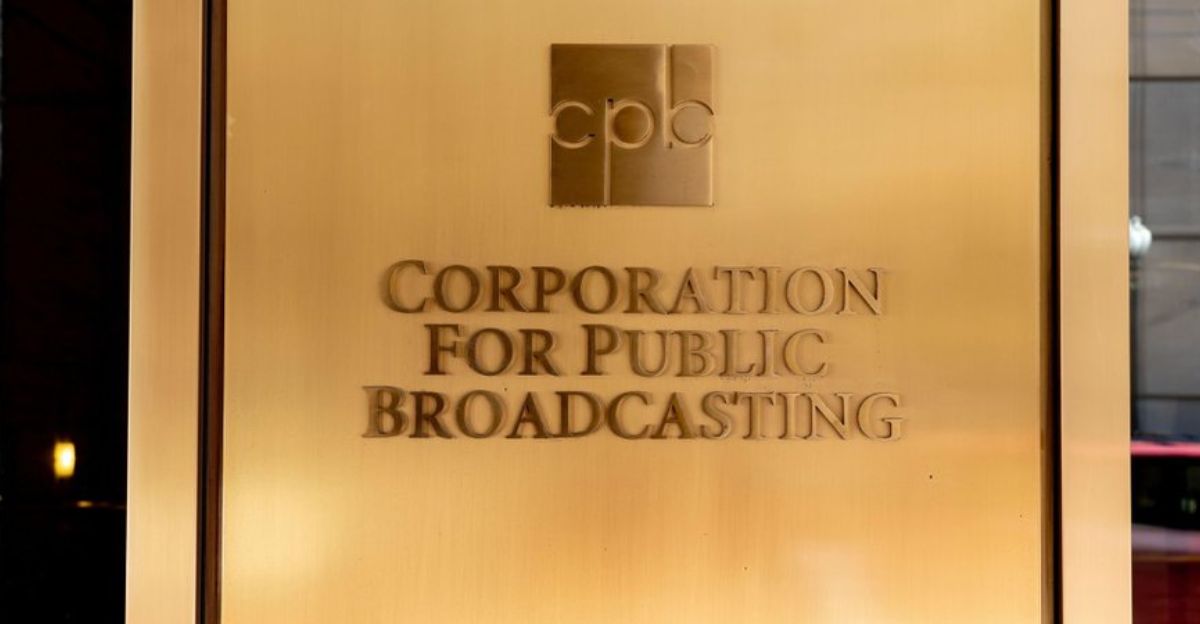
Created in 1967 under President Lyndon Johnson, CPB distributed over $535 million each year to public media, says Wikipedia. It funded NPR, PBS, and local stations across the country. According to CPB, the money supported educational shows, emergency alerts, cultural programs, and local journalism in every corner of the U.S.
CPB’s Leader Confirms It’s the End
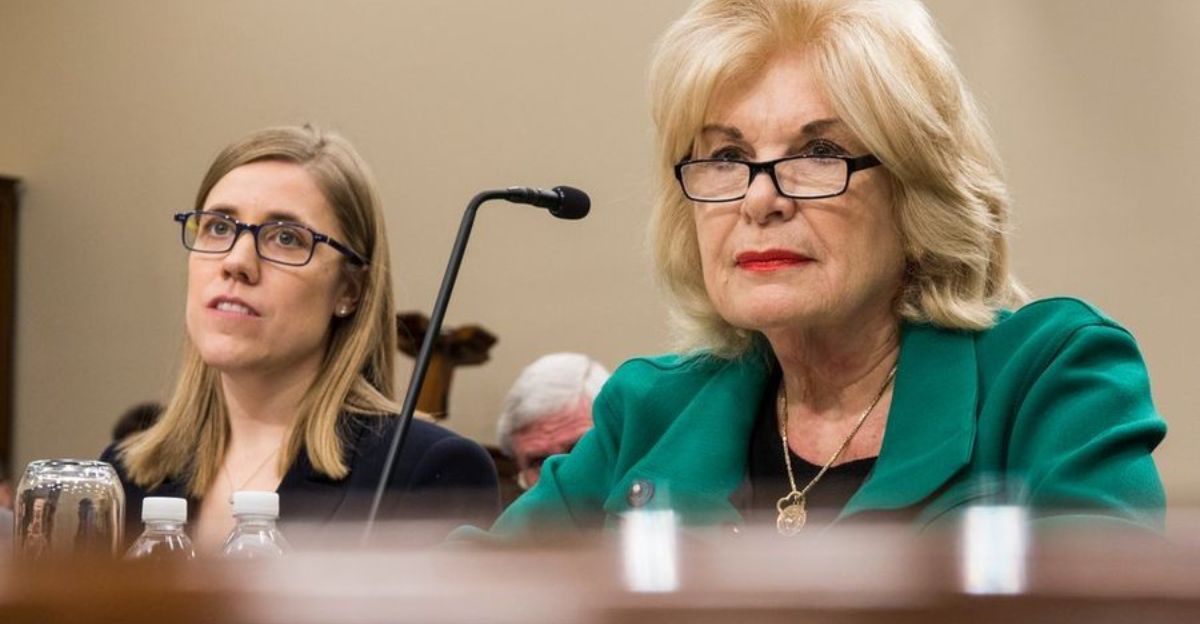
CPB President Patricia Harrison announced the decision on August 1, 2025, saying, “Despite the extraordinary efforts of millions of Americans… we now face the difficult reality of closing our operations.” Years of public support weren’t enough to stop the cuts. Now, stations are left to face the fallout alone.
How the $1.1 Billion Was Cut

Congress canceled $1.1 billion in future CPB funding for 2026 and 2027, says The Wall Street Journal. This was the first time public media had been fully defunded. The decision followed a narrow vote and came after President Trump called CPB biased, reports The Daily Beast and The New York Post.
A Political Move Backed by Pressure
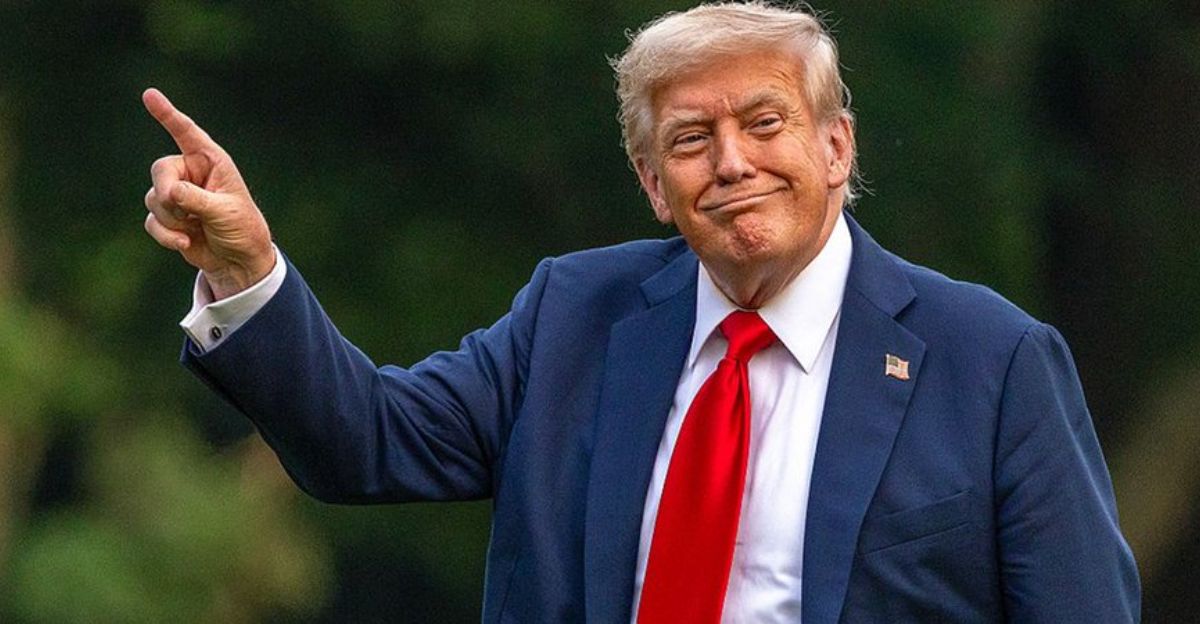
President Trump’s Executive Order 14290 told CPB to stop funding NPR and PBS. The GOP-led rescissions bill followed soon after. According to The Guardian and The Wall Street Journal, Trump warned Republicans not to oppose the cuts if they wanted his support in future elections.
How This Unfolded—Step by Step
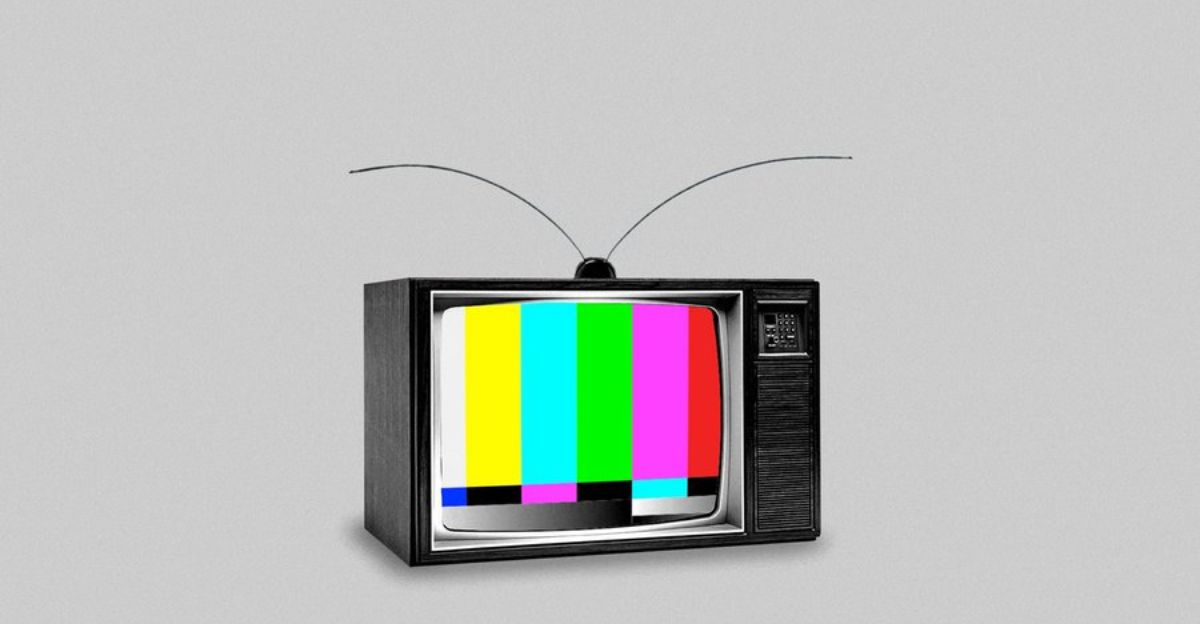
TIME reports Trump signed the executive order on May 1. Congress passed the rescissions package on July 18, and he signed it July 24. CPB announced its shutdown on August 1. Most staff leave by September 30. A small team stays until January 2026 to wrap things up, says CPB.
What CPB Did Behind the Scenes

CPB had about 100 employees and kept administrative costs below 5%, according to CPB. It sent over 70% of its budget directly to stations through Community Service Grants. The New York Post confirms the rest went to support journalism, emergency systems, and other public broadcasting services.
The Shutdown Plan Is Underway
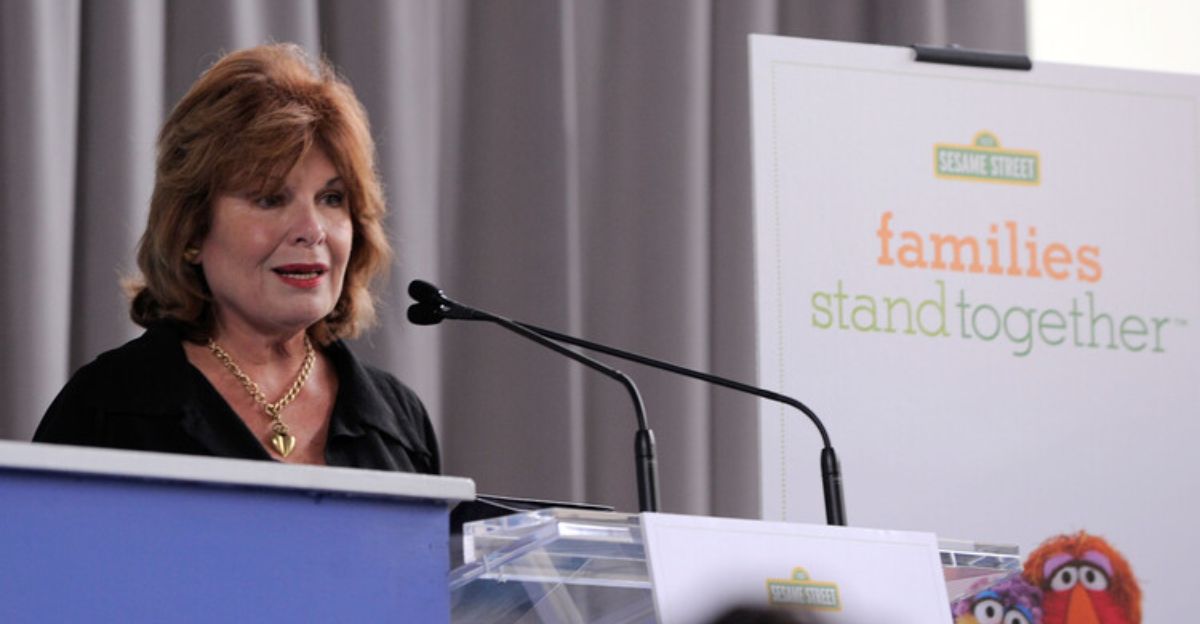
CPB will shut down in phases. Most employees will leave by September 30, 2025, with a few staying through January 2026, reports AP News. The final months will focus on closing out contracts, paying bills, and transferring rights like music licensing, says Blavity and CPB.
Why Local Stations Are Struggling Most
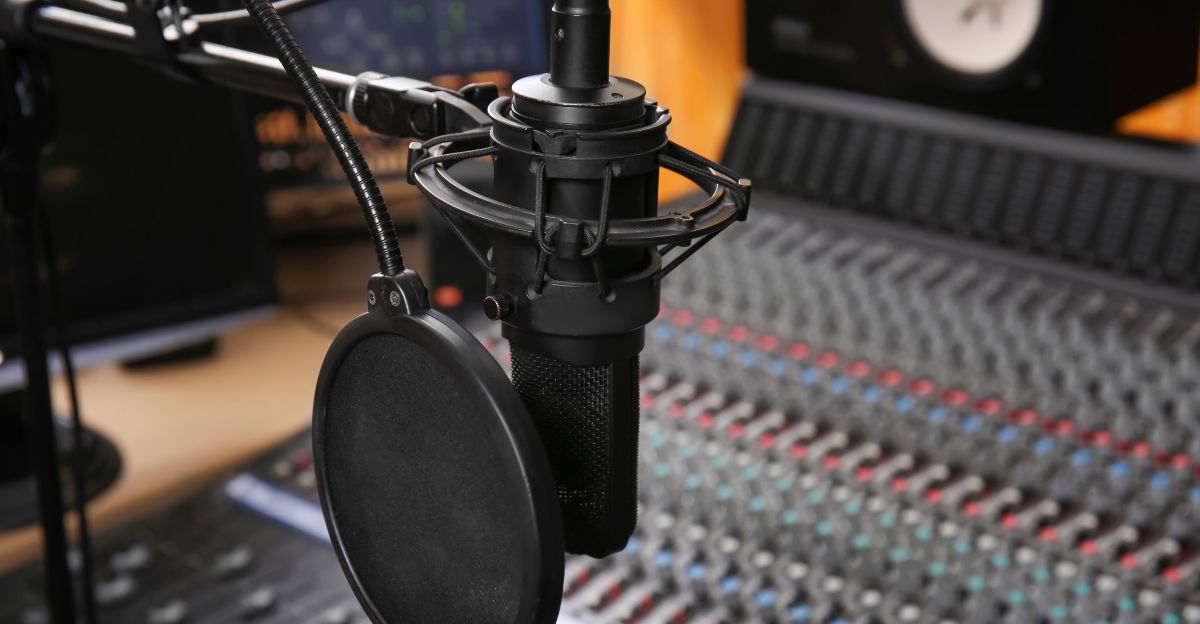
Many rural stations relied on CPB for 50% to 65% of their annual budgets, says TIME and Yale Climate Connections. Without that support, some are already cutting staff and canceling shows. Local news and emergency services in small towns may vanish, especially in low-income or underserved areas.
Rural and Tribal Stations at Risk

The Guardian reports that 33 rural stations relied on CPB for at least half their revenue. Stations in Alaska and Native reservations now face immediate threats. With no clear backup funding, these broadcasters may shut down, cutting off isolated communities from news, weather alerts, and educational programming.
PBS and NPR Aren’t Immune
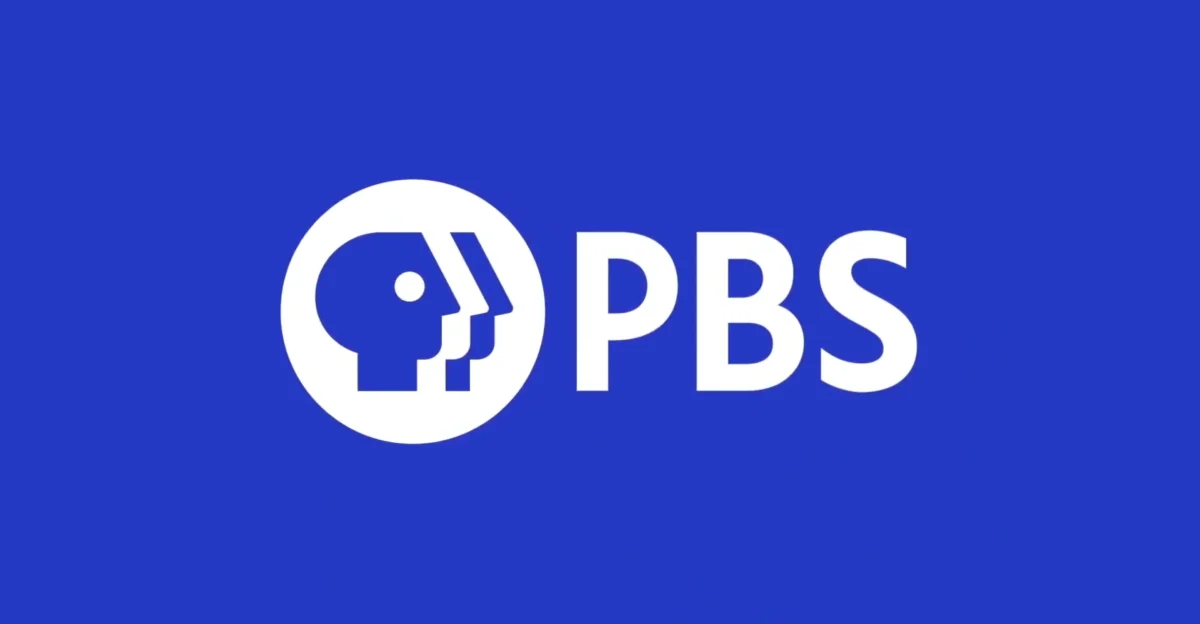
PBS gets 15–16% of its budget from CPB, while NPR receives about 1%. Though national shows like PBS NewsHour will continue for now, local station shutdowns may prevent them from reaching viewers and listeners.
Public Media Keeps Us Safe and Informed
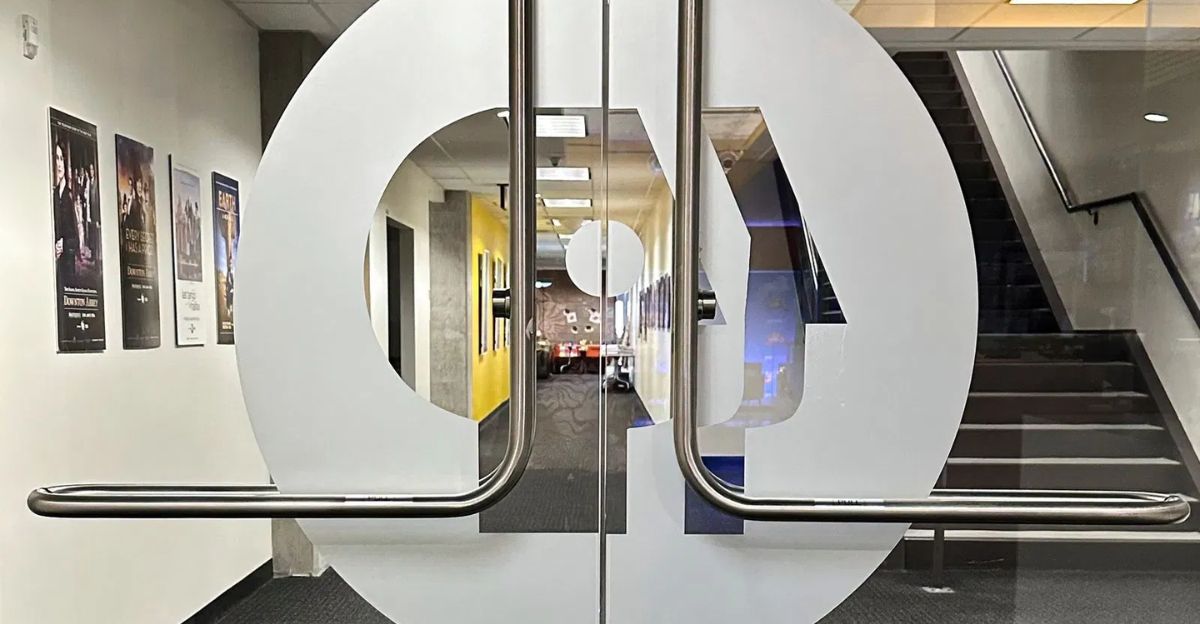
Public radio and TV stations help power the Emergency Alert System, sending AMBER Alerts and warnings when cell towers or power grids go down. PBS stations also bring free educational shows to millions of kids. If local stations shut down, many communities lose both a safety net and daily learning tools.
Most Americans Don’t Want These Cuts
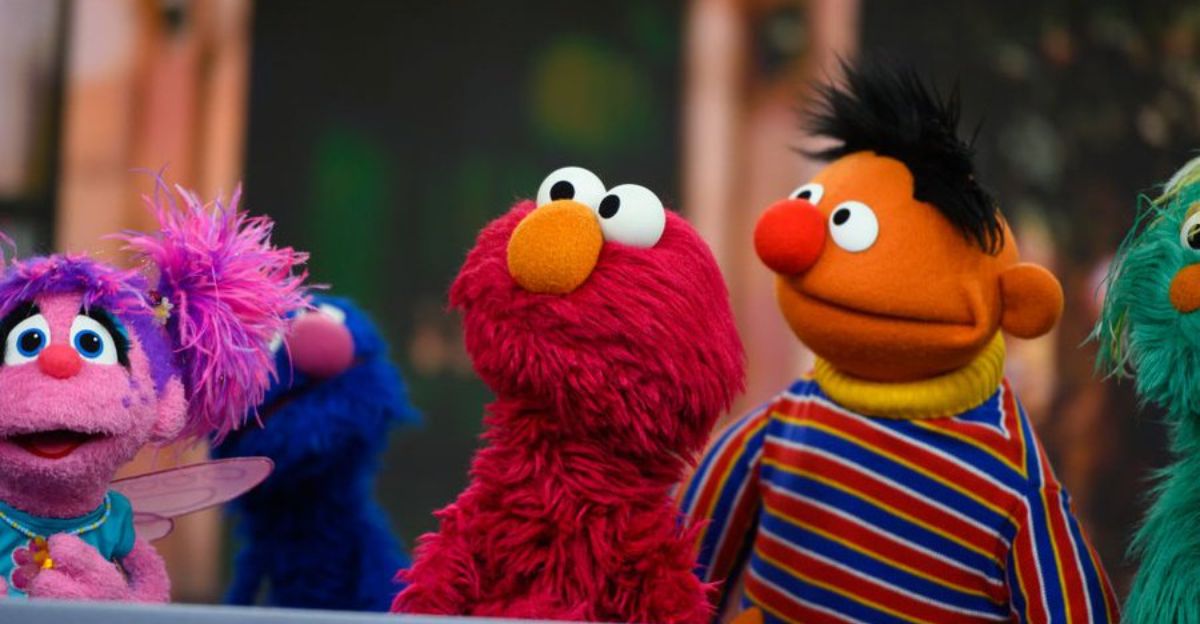
A July 2025 CPB poll shows 53% of voters oppose cutting all federal funding for public media. Two-thirds value kids’ educational programs, and support crosses party lines. While grassroots donations are rising, leaders say they can’t cover the massive loss of federal grants that once kept stations running.
How GOP Leaders Are Framing It
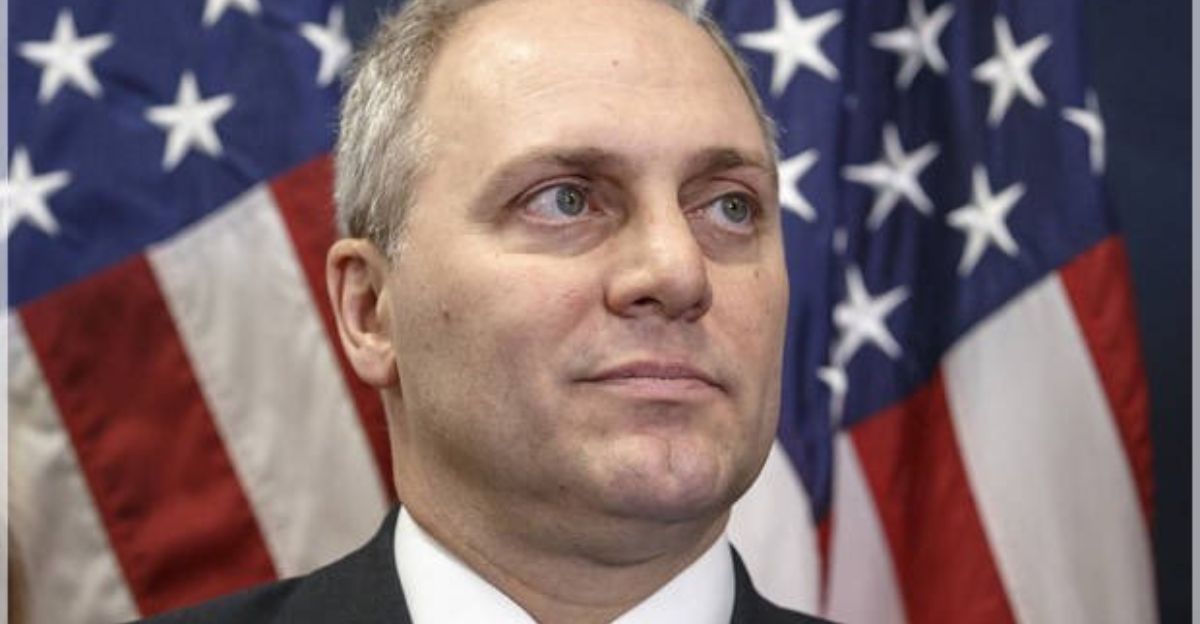
According to Fox News, GOP lawmakers call this a win for taxpayers. Some see it as ending public funding for what they call liberal media. Rep. Steve Scalise said the cuts were “long overdue.” On Truth Social, Trump posted, “REPUBLICANS HAVE WANTED TO DO THIS FOR YEARS.”
Legal Fights Are Already Happening
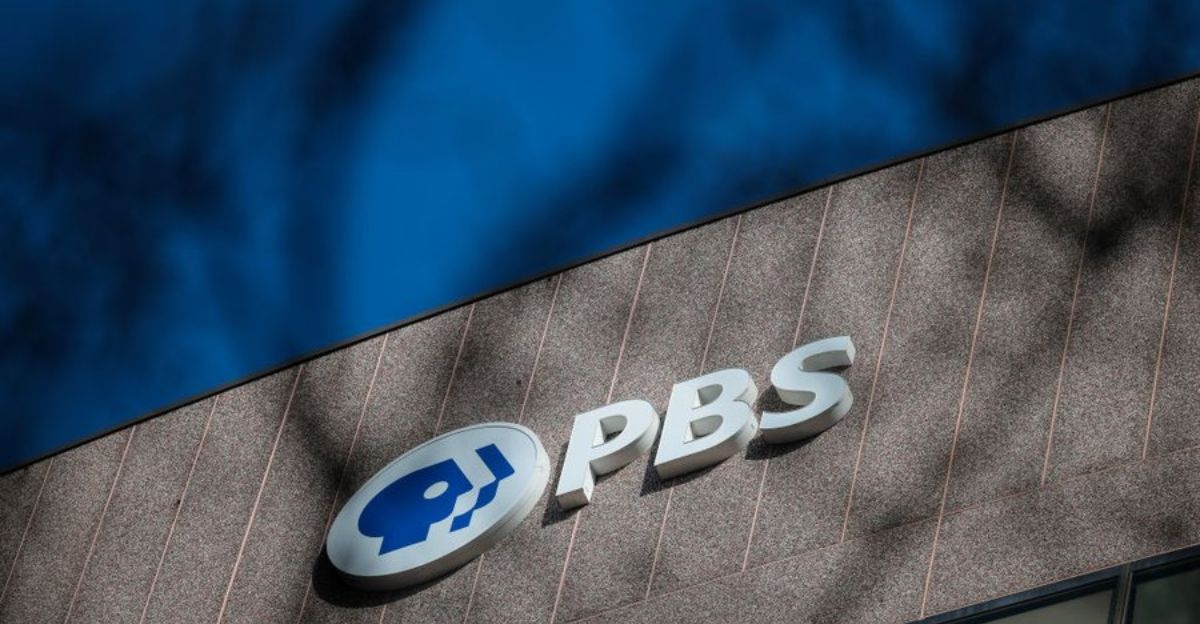
Wikipedia reports Trump removed three CPB board members, triggering lawsuits about presidential power. CPB dropped its case after the funding was eliminated. NPR and PBS are separately suing, arguing that Executive Order 14290 violates their First Amendment rights and threatens the independence of public media content.
Big Money Losses Behind the Scenes
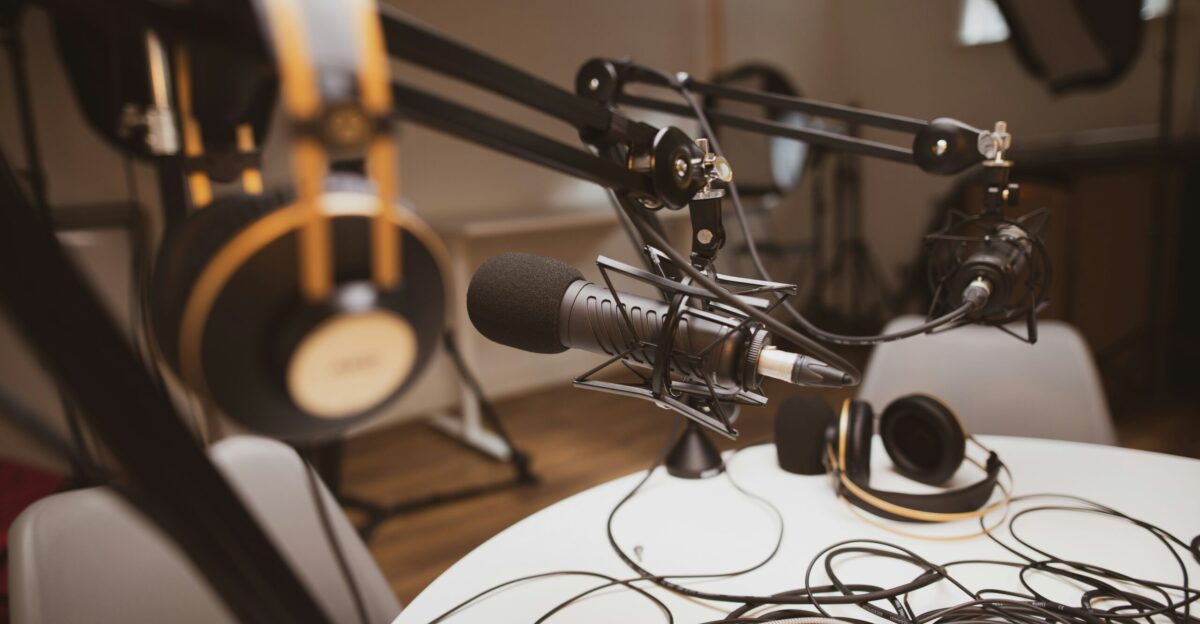
CPB’s shutdown cuts off $535 million in yearly funding, based on its own financial reports. Small stations face losing up to half their budgets overnight, reports The Los Angeles Times and WFYI. Shared tools and national shows may also vanish unless new funding is quickly secured.
Some Stations Might Never Come Back
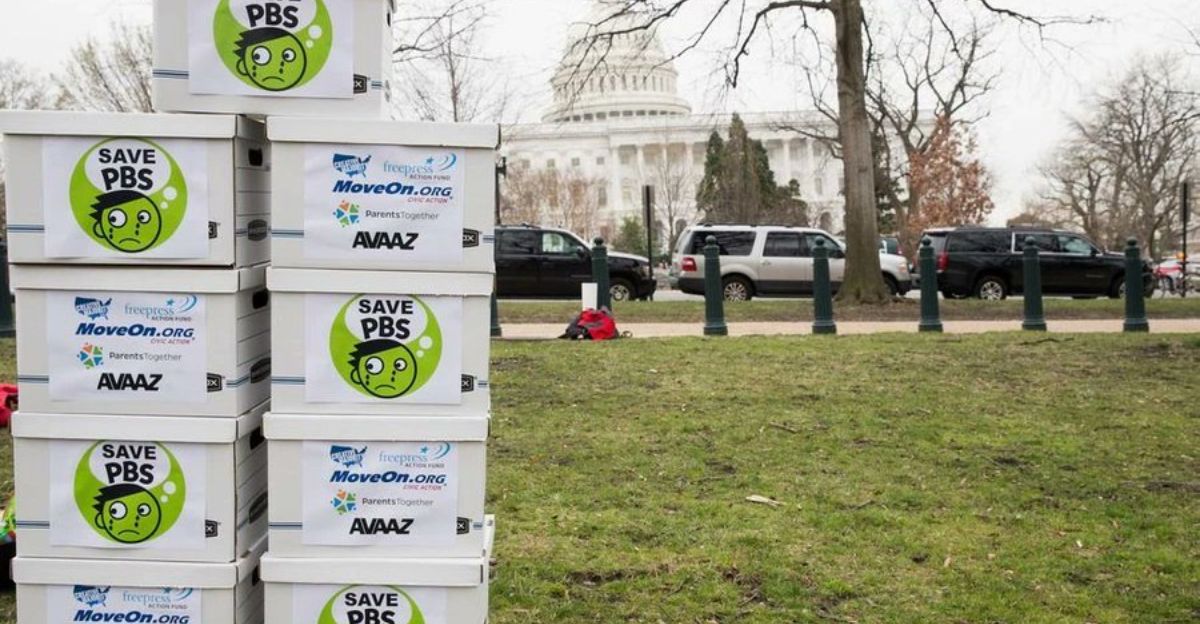
Internal NPR documents cited by The New York Times warn that 18% of stations could shut down immediately. NPR analyses suggest up to 30% of coverage areas may lose access altogether. In places like Kansas, Idaho, and parts of California, public radio and TV could disappear completely.
Can NPR and PBS Keep Going?

According to TIME, major stations are fundraising and trying mergers or program-sharing to stay afloat. NPR set up an $8 million fund to help affiliates. PBS stations are forming partnerships, but smaller rural outlets don’t have the same donor support, which makes survival harder.
What Journalists Are Saying

Laura Lee from Blue Ridge Public Radio said public media was the only source of news for some people during Hurricane Helene. KEET-TV’s David Gordon told reporters, “I can’t guarantee we’ll be here once the dust settles.” These stations aren’t just news, they’re lifelines for many.
What Comes Next for Public Media
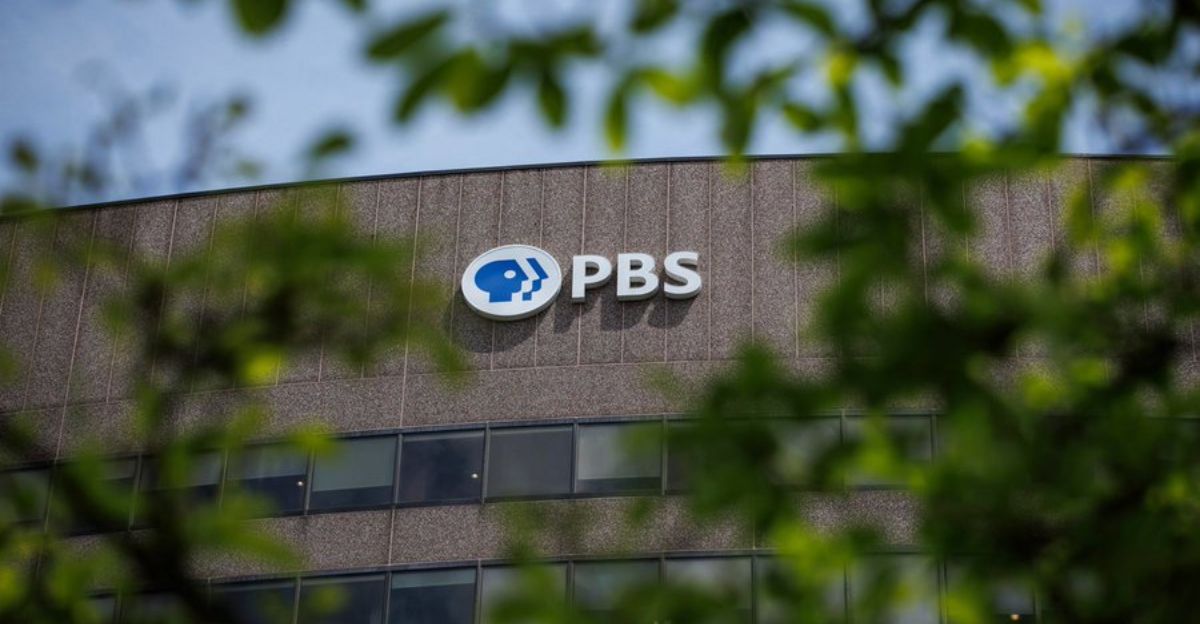
CPB’s last employees will wrap up operations by January 2026. Leaders are exploring new ways to keep public media alive, including state help and new fundraising models. But they say free and universal access may soon be a thing of the past. This is the new reality for American broadcasting.


